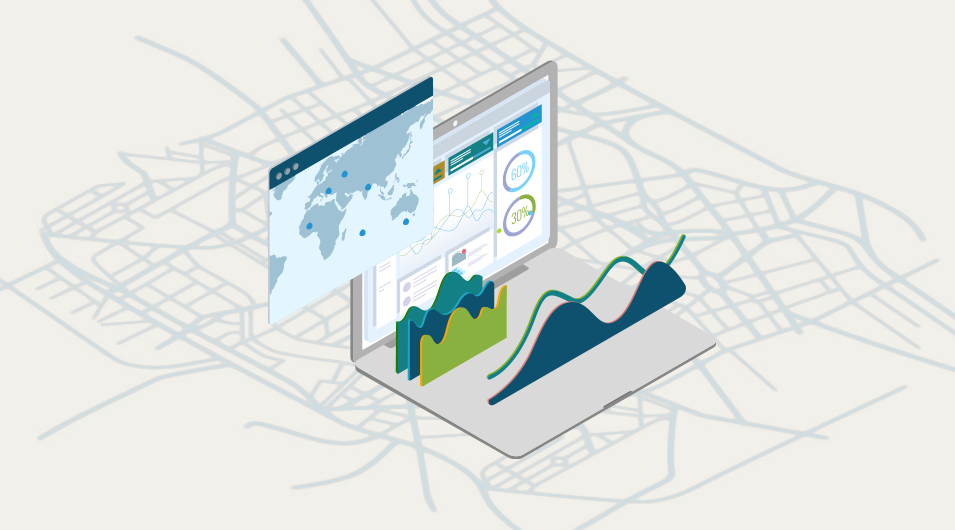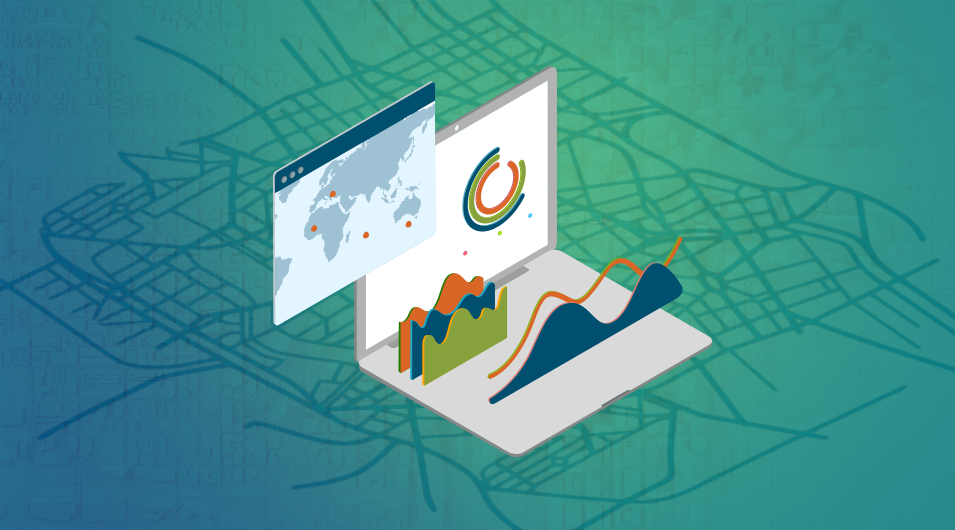Thought Leadership
DIY GIS Needs Assessment Guide

A GIS needs assessment is a tool that any city or town can use to take stock of how GIS and data are currently being utilized, and to put some thought into how they would like to better utilize them in the future—to improve operations, analyze data, communicate an idea, and do the myriad other things GIS and data can do. A GIS needs assessment is the first step toward creating a GIS strategic plan; it informs the development of steps you will need to take to meet your goals.
We’ve worked with dozens of cities and towns on GIS needs assessments, but you don’t need to hire a consultant like FLO to get one done. With the basic information provided in this blog post, you can launch a “do it yourself” GIS needs assessment.
Step 1. Get Some Goals
Start your DIY GIS needs assessment by writing down what you hope to accomplish by using GIS. This is the time to dream big! If all data, software, and hardware options were available to you, if money was no object, and if you had all the technological know-how, what kinds of things would you like to accomplish? The following are some goals that commonly arise in our interviews with city staff during a GIS needs assessment:
“See all the road repairs and sewer replacement information together in one digital interface.”
“Reduce the use of paper forms for public works field crews.”
“Let all community development and public works staff see all of our data (utilities, environmentally sensitive areas, floodplains, parcels…etc.) in one map.”
“Mobilize your workforce with smart field apps that hook directly into your enterprise GIS.”
“Engage your community with near-live dashboards and configurable apps.”
Step 2. Learn the Who’s Who of GIS in Your Organization
GIS is a rapidly evolving technology that can be used in hundreds of different ways—and quite effectively, not only by GIS experts but by GIS beginners as well. It’s likely that different groups of people, or even individual people, in your organization use GIS in different ways and have different goals for future GIS use. Start by identifying your staff’s different GIS skill levels, how they use GIS, and how they would like to use it in the future. We also recommend that you take note of any backlog of work where GIS can help, and whether current staff will be able to take on new tasks that emerge from your GIS needs assessment. Your colleagues will thank you when it comes time to develop a strategic implementation plan.
Set up an online survey (or interview key individuals if your organization is small) to find out what each person in your organization thinks about current and future objectives, workflows, responsibilities, and available resources.
Here are some example survey/interview questions to get you started:
- Do you think that certain difficult or time-consuming tasks could be made easier? Are there any inefficiencies in your current workflows that you think might be improved?
- What tools would make your work easier? For example, using a mobile device to access data in the field or a map that allows you to quickly answer questions about a location.
- How do you access the data that you need at the moment? Are they easy to find? Would you like to work with certain data but don’t have access to them? Does the software meet your needs?
- How do you currently gather or receive information related to your job?
- What collected or received information do you need to share with others?
Step 3. Dig into Data and Technology
The goal of this step is to survey your current use of software technologies and data. Here are the basic elements to check into. If you’re not sure where to find this information, asking your IT manager may be a good place to start.
- GIS software, asset management software, SQL server, cloud-based
- Use of hardware, server, and network resources
- iPads, Android tablets, web servers, SQL server machines
- What is the current state of your GIS data?
- Do you have GIS data? CAD data? Paper maps?
- How are your data organized?
- Are they actively managed/edited?
Step 4. Document, Synthesize, Prioritize
Compile your findings into a document that summarizes all your work from steps 1 through 3. Do you see tasks that would require only a low level of effort but would result in better efficiency? Review what you learned from speaking with people in your organization who use GIS, and pull out key themes. Do individuals’ GIS wish lists overlap, or are multiple users experiencing the same issues? Highlight those as a reminder of which issues should be addressed first, as they will impact the most people. Identify high-, medium-, and low-priority tasks that arise from these questions.
Contact Us
Ready to Improve your GIS?
Send me a message if you have any questions while working through our guide.





